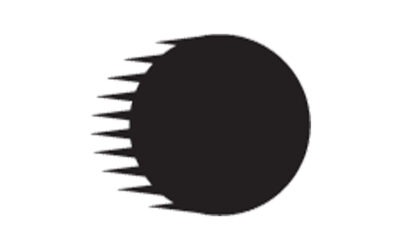
Many people insist that the cold, damp weather that the winter months in the UK bring can worsen their pain. Patients often relate their increasing symptoms to a change in the weather pattern. So, in this blog we’re going to take a look at whether this really happens (pardon the pun).
The key point to remember is research around the effect ofweather on increased pain hasn’t yet reached any significant conclusion. Although nothing has been proven, there are theories as to why changes in the weather could cause pain to increase, but none have yet to be proven.
The most popular theory is that the barometric pressure is changing and causing physiological reactions within the body which lead to pain increasing. Barometric pressure is the pressure within the atmosphere of the Earth. As low pressure moves into an area, this brings with it wind, clouds and precipitation (rain). As the barometric pressure increases, the weather becomes calmer and fairer. When the barometric pressure drops, it is hypothesised that muscles, and other soft tissues surrounding the joints can begin to expand. When this happens, there is the potential for more pressure to be placed on the joints, and therefore pain to increase – but as yet, it remains only a theory.
Whilst some theories relate directly to the cold and damp affecting an individual’s pain, others link the change to the reaction we have to the cold and damp. One suggestion could be that as the weather becomes wetter, colder and darker, the time we spend outside being active decreases also. Meaning more sitting on the couch watching TV or reading, more time being still indoors, longer time spent in bed on a morning and an evening, which could all contribute to joint stiffness and aching.
On top of that, if you think the weather might be affecting your pain, you could almost begin looking for it when the weather takes a turn for the worse. When you do so, it’s inevitable that you might notice more of your symptoms then previously. It’s been shown in research that our perception and mood can influence our pain levels. Often low mood can become more common when the weather gets colder, darker and wetter. As your mood decreases, and you perhaps become more down in the dumps, your pain levels can increase and vice versa. As we become happier, with a more positive outlook, because the sun is shining and the weather is warm, your pain levels can reduce!
Ultimately though, there is nothing proven yet which suggests the weather might be affecting your pain directly, only in circumstance. So, in our minds, that means there’s the possibility something else might be causing your symptoms to worsen. That something else is likely to be discovered during your assessment here at Kinetic, and then likely to be resolved when we complete our treatments with you. Whether it be posture related, activity based, stemming from an old injury or be something that just needs closer and better management, our sports therapy team can help get you back on track in no time, no matter the weather.

